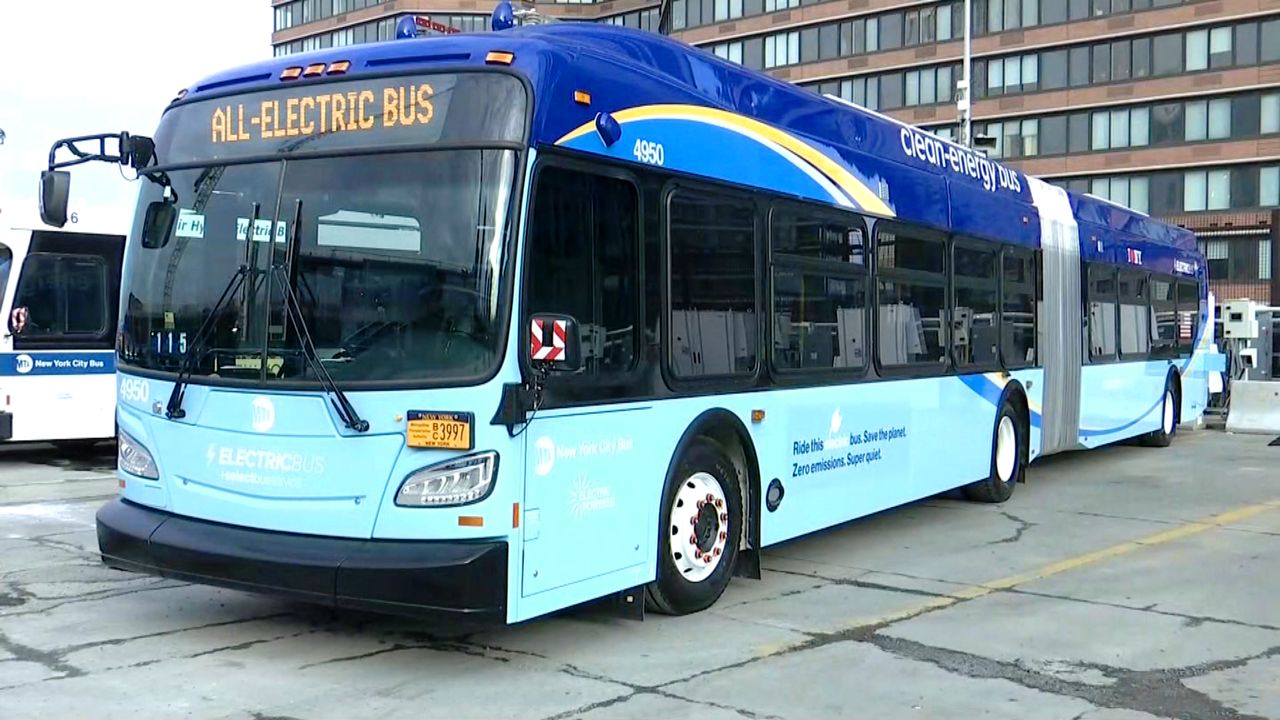For Earth Day, we are highlighting transits’ role in the climate fight with a report from Dec 2020, authored by TSTC’s Director of Climate Policy, Lauren Bailey.
Tri-State has been on the leading edge of modernizing our region’s transportation network as part of our fight against climate change. In the US, transportation makes up the bulk of our greenhouse gas emissions. Every trip that is taken on public transit is one foregone by a private vehicle, taking us one step closer towards a climate-resilient future and a healthier relationship between mobility and climate. We also know the cost of inaction from the region’s experience with Superstorm Sandy and the disproportionate recovery efforts of communities and ecosystems–a situation that TSTC’s new Executive Director, Renae Reynolds, knows all too well from her prior work in the Rockaways.
Even beyond rare storms like Sandy, climate change is a real and ongoing risk to MTA operations. Advocates found that over half of the MTA’s bus depots are located in areas that will be at high risk of flooding by 2050. Planning and designing a truly climate-resilient transit system–that includes battery-electric buses to reduce New York’s emissions–will limit disruptions and damage caused by severe weather events.
Reducing New York State’s contributions to climate change is a crucial transition that the entire transportation system must undertake. Considering the need to not only prepare for a more volatile future but also to work to prevent that same future from coming to pass, the MTA’s commitment to electrifying its bus fleet by 2040 is a significant step towards a more prepared transit system. Advocates contend that electrification is a challenge, albeit a solvable one that the MTA must tackle to move to a truly zero-emission, fully-electric bus fleet. As the MTA manages this transition, they must do so with an eye toward fleet resiliency in the face of climate change. To that end, TSTC’s report offers an analysis of existing strategies, case studies, and future technologies that can ensure the nation’s largest bus fleet is ready for the next storm.
Key recommendations from the report include:
● Provide on-street bus priority for high-frequency, high-ridership routes with charging infrastructure.
● Install permanent bus lanes on bridges, over the East River, in particular, to provide redundancy with subway tunnels.
● Locate electric bus charging infrastructure in flood-resilient bus depots and ensure all bus depots are flood-resilient long term.
● Invest in smart charging technology to reduce peak energy demand, save money, and allow for renewable sources to integrate with the power grid.
● Develop an on-route charging system that allows high-frequency, high-ridership routes to continue operating during emergencies and power outages.
The full report is available here.

